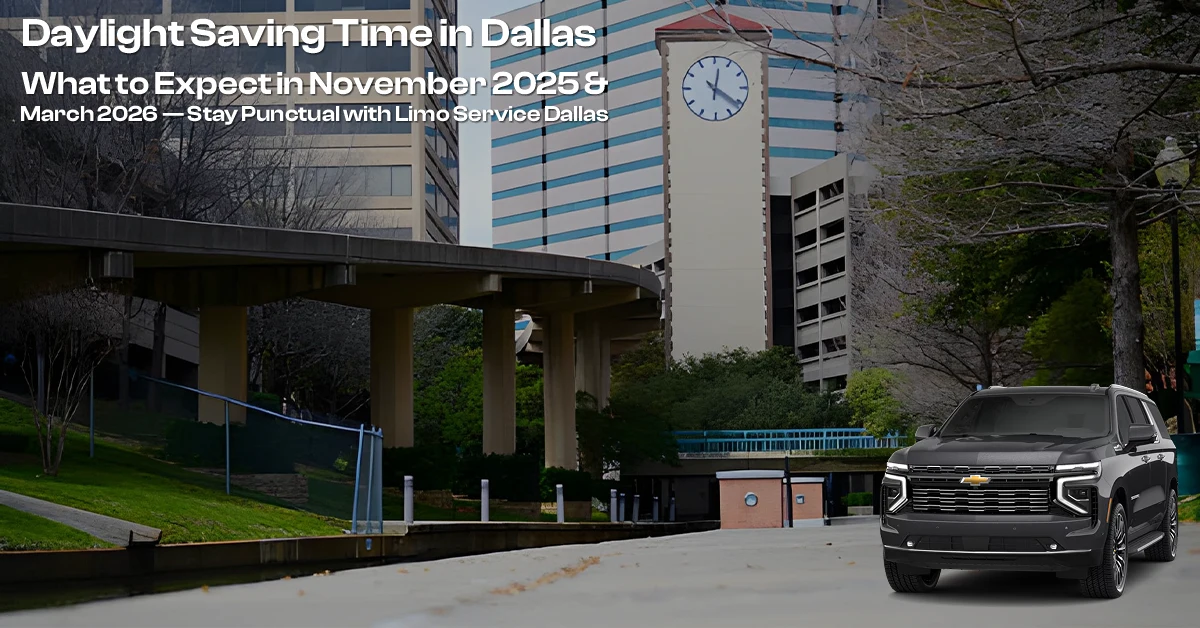In today’s fast-paced world, time is one of the most valuable assets we have. Whether you’re catching a flight, attending a corporate event, or hosting an evening celebration in the heart of Dallas, every minute counts. But twice a year, the clock itself changes — and that one-hour difference can throw even the most organized traveler off schedule.
This shift happens because of Daylight Saving Time (DST) — a practice designed to make better use of daylight during the longer days of summer. Although it’s just a one-hour adjustment, the impact on travel schedules, airport transfers, and event planning can be significant.
At Limo Service Dallas, we believe that time precision equals service excellence. As we prepare for the end of Daylight Saving Time on November 2, 2025, and its return on March 8, 2026, we’re here to explain everything you need to know — so you stay perfectly in sync, no matter what the clock says.
Understanding Daylight Saving Time — Why It Exists and How It Works
Daylight Saving Time is more than just moving clocks forward or backward. It’s a long-standing tradition that began as an energy-saving measure. The idea is simple: when daylight lasts longer into the evening, people use less electricity for lighting, allowing for better energy efficiency.
During DST, clocks are set forward by one hour in spring (“Spring Forward”) and set back by one hour in autumn (“Fall Back”). This means that for part of the year, the sun appears to rise and set later in the day — giving people extra daylight in the evening.
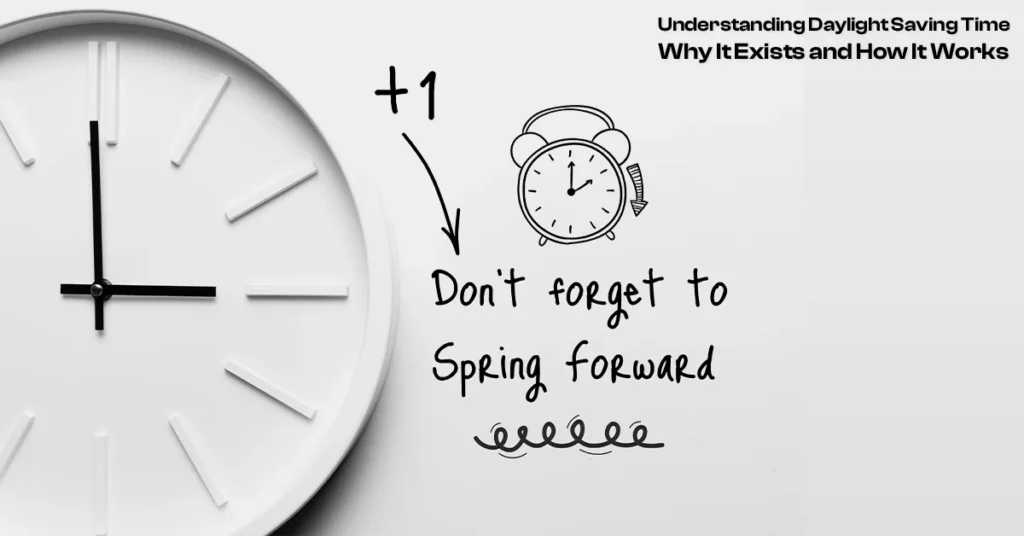
In the United States, this practice typically starts in March and ends in November, affecting almost every state — including Texas. For residents and travelers in Dallas, these changes can subtly shift daily routines, from morning commutes to evening events.
However, for professional chauffeurs and travelers, it’s more than a subtle change — it’s a scheduling challenge that must be handled with precision. At Limo Service Dallas, our dispatch systems, booking confirmations, and chauffeur schedules are automatically adjusted to align with official DST transitions to ensure flawless punctuality.
When Daylight Saving Time Ends — “Fall Back” on November 2, 2025
As the days grow shorter and the evenings cooler, Daylight Saving Time 2025 will come to an end on Sunday, November 2, 2025.
At 2:00 a.m. local daylight time, clocks will be turned back one hour to 1:00 a.m. standard time. This marks the return to Standard Time — meaning sunrise will occur an hour earlier, and sunset will arrive an hour sooner.
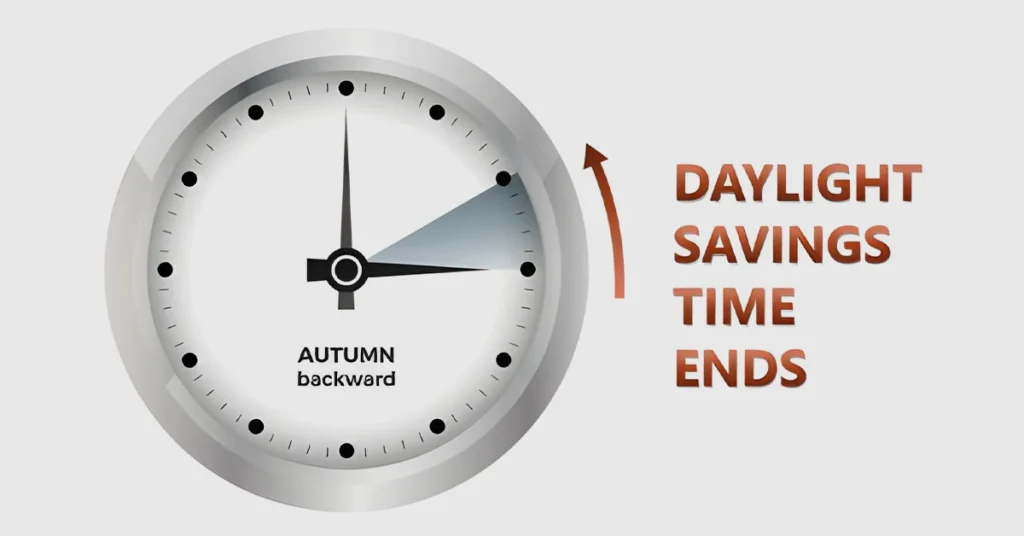
In simple terms, mornings will feel brighter earlier, while evenings will become darker faster. Many people welcome this transition because it means gaining an extra hour of sleep — but for travelers and transport services, it’s a critical moment for time coordination.
Imagine this scenario:
You have a flight departing from Dallas/Fort Worth International Airport (DFW) at 7:00 a.m. on November 2, 2025. If you forget to turn your clock back, you might think it’s 6:00 a.m. when it’s actually 5:00 a.m. — meaning you could arrive too early or, worse, too late depending on your mistake.
To prevent such confusion, Limo Service Dallas takes proactive steps:
- Our dispatch team adjusts all bookings automatically for the new standard time.
- Chauffeurs are reminded and verified for correct time settings before their shifts.
- Clients receive reminder emails or texts explaining the change and confirming pickup times.
That way, even during the time shift, your airport transfer or corporate ride runs exactly as planned — smooth, punctual, and stress-free.
How the November Time Change Affects Travel in Dallas
The end of DST can subtly influence several aspects of travel:

1. Airport Transfers and Flight Timing
Airports and airlines automatically update to standard time, but travelers sometimes don’t. Limo Service Dallas continuously monitors real-time flight tracking systems to ensure on-time pickups, regardless of time zone adjustments.
2. Event Scheduling
Corporate events, weddings, or evening parties planned for early November may experience earlier sunsets. This shift means darker evenings sooner, which could affect event lighting or outdoor arrangements.
3. Morning Routines
Since sunrise happens earlier, early risers enjoy more daylight. But for drivers handling multiple pickups, this means adjusting routes for morning traffic patterns that change with the sun.
Limo Service Dallas ensures that every chauffeur is briefed, every client is notified, and every schedule is checked twice — because in luxury transportation, there’s no room for time errors.
When Daylight Saving Time Returns — “Spring Forward” on March 8, 2026
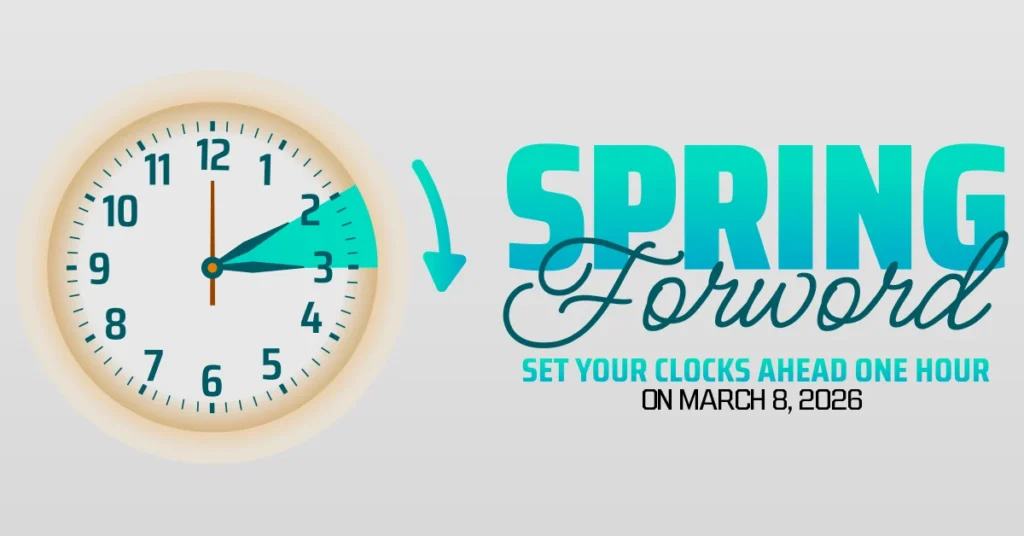
After several months of shorter days and longer nights, Daylight Saving Time will return on Sunday, March 8, 2026.
At 2:00 a.m. standard time, clocks will move forward one hour to 3:00 a.m. daylight time, marking the beginning of longer daylight hours and the approach of spring.
This shift is often called “Spring Forward”, and while it means losing an hour of sleep that night, it also brings more daylight in the evening — ideal for outdoor activities, events, and travel.
But that one lost hour can be costly if you’re not prepared. Many travelers oversleep or miss flights because they forget to update their clocks. If your flight is at 8:00 a.m. on March 8, 2026, and you wake up at your “old” 6:30 a.m., it’s actually 7:30 a.m. in real time — leaving you barely any time to get to the airport.
At Limo Service Dallas, we eliminate this problem by synchronizing every system with official DST data. Our chauffeurs receive alerts 24 hours before the shift, and our clients get reminders to “spring forward.” With automated time management and precise coordination, your luxury ride stays perfectly on schedule.
Why Daylight Saving Time Matters for Chauffeur & Limo Services
For most people, DST is a simple adjustment. For professional transport providers, it’s a high-precision operation.
At Limo Service Dallas, every airport transfer, corporate booking, and event ride is planned down to the minute. DST changes can influence:
- Pickup schedules
- Flight monitoring accuracy
- Traffic flow during morning/evening commutes
- Driver rest schedules and shift rotations
To stay ahead, our team uses AI-driven scheduling tools, real-time GPS tracking, and flight synchronization technology. Whether it’s an early airport drop-off or a late-night pickup, your chauffeur arrives exactly when expected — no surprises, no delays.
This dedication to timing precision is part of why Limo Service Dallas remains one of the most trusted names in luxury ground transportation across Texas.
The Science Behind “Spring Forward” and “Fall Back”
The concept of shifting time originated in the early 20th century, when it was believed to conserve energy by extending daylight into the evening. While modern energy use has changed, DST still helps align human activity with natural daylight cycles.
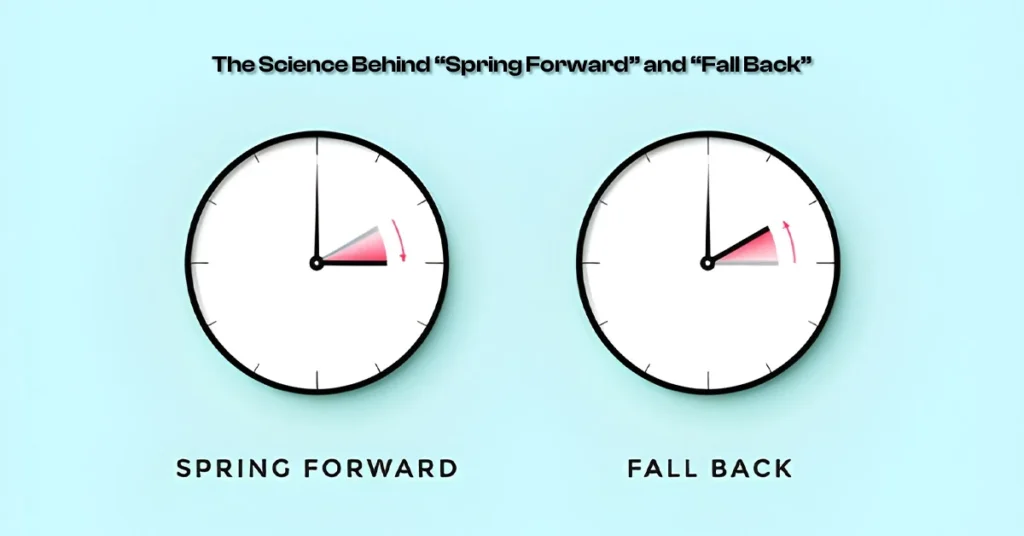
Here’s what happens in practical terms:
- During Spring Forward, the sun sets later — encouraging longer evenings, more travel, and outdoor activity.
- During Fall Back, the sun rises earlier — improving visibility for early-morning commuters but shortening evening daylight.
For a transportation company, this natural light shift can also affect driver visibility, safety checks, and even fuel efficiency due to varying traffic volumes.
Limo Service Dallas incorporates this awareness into every aspect of service — from fleet management and chauffeur training to client coordination and route planning.
Tips for Travelers During Daylight Saving Transitions
If you’re planning to travel around these time changes, here are some expert tips from the team at Limo Service Dallas:
- Update All Devices: Manually set wall clocks, microwaves, and car dashboards before going to sleep on November 1, 2025, and March 7, 2026.
- Rely on Digital Updates: Smartphones and computers adjust automatically — use them as your reference.
- Double-Check Appointments: Reconfirm flight, meeting, or event times after each DST change.
- Book Professional Transport: Trust a chauffeur service that understands timing precision. Limo Service Dallas uses systems synced to national time updates.
- Plan for Fatigue: The “spring forward” shift can cause mild fatigue — book your ride ahead so you can relax and rest en route.
These small steps can save you from big travel headaches — and keep you punctual no matter the season.
How Limo Service Dallas Keeps You On Time — Year-Round
At Limo Service Dallas, we believe luxury isn’t just about style — it’s about reliability.

That’s why our operations team takes DST seriously. Every booking in our system is cross-checked during time transitions. Our chauffeurs receive real-time instructions, and our customers are never left guessing about pickup times.
We manage a fleet that includes executive black cars, and sprinter vans, catering to airport transfers, corporate meetings, special events, and private charters. No matter the occasion, we ensure a smooth experience — even when the clocks change.
With advanced dispatch technology, GPS synchronization, and customer-first communication, Limo Service Dallas has built its reputation on one promise: we’re always on time — even when time itself changes.
Conclusion: Daylight Saving Time in Dallas Time Changes, but Our Commitment Never Does
As we prepare to “fall back” on November 2, 2025, and “spring forward” again on March 8, 2026, these moments remind us that time — though flexible — is precious.
Whether you’re traveling for business or pleasure, daylight saving shifts can create small disruptions that lead to big inconveniences. But with Limo Service Dallas, you never have to worry.
Our professional chauffeurs, automated systems, and real-time tracking keep your schedule running like clockwork — literally.
From early-morning airport transfers to late-night executive rides, we ensure that you’re always exactly where you need to be, precisely when you need to be there.
So as the seasons change and the clocks shift, remember: time may move forward or back — but your journey with Limo Service Dallas always moves smoothly ahead.
FAQS
1. What happens when daylight saving ends?
When daylight saving time (DST) ends, clocks are set back one hour, marking the return to standard time. This means mornings get lighter earlier, and evenings get darker sooner.
2. Do clocks go back or forward in April?
In most regions, clocks go forward in spring (often in March, not April) to begin daylight saving time. The saying “spring forward, fall back” helps remember it.
3. Do we get an extra hour of sleep in November?
Yes! When DST ends in November, clocks go back one hour — giving most people an extra hour of sleep that night.
4. Are we ever going to get rid of daylight savings time?
There’s growing debate about ending DST. Some U.S. states have passed laws to stay on permanent daylight time, but federal approval is still required, so it hasn’t changed nationwide yet.
5. Why daylight savings?
Daylight saving time was introduced to make better use of daylight hours, reduce energy consumption, and extend evening daylight for work and recreation.
6. How to survive end of daylight savings?
Gradually adjust your sleep schedule a few days before the time change, get morning sunlight, avoid caffeine late in the day, and stick to a consistent bedtime routine.
7. What are the disadvantages of daylight saving time?
DST can cause sleep disruption, fatigue, and reduced productivity. Some studies also link it to a short-term increase in heart attacks and accidents after the clock change.
8. How many countries have daylight savings?
About 70 countries around the world observe daylight saving time, mostly in North America, Europe, and parts of the Middle East. Many Asian and African nations do not.
9. What is meant by daylight saving?
Daylight saving means adjusting clocks forward by one hour during warmer months to extend evening daylight and then moving them back in fall.
10. Is DST good for the economy?
DST may benefit certain sectors like retail, tourism, and outdoor recreation due to longer daylight hours, but overall economic impact remains debated.

